The poison in your bathroom: Dangerous ingredients and how to easily replace them with natural alternatives

Chemicals are the best friends of the conventional cosmetics industry - they are cheap and have a good effect at first glance. They do not actually have a caring effect, but only give the visual impression, while they cause lasting damage to your body, skin and hair.
Many synthetic ingredients cause irritation to the skin, are even proven to be harmful to health and are associated with serious illnesses.
Since it's quite difficult to keep track of all the incomprehensible ingredient confusion, we'll show you which ingredients should set off alarm bells. You will also find out what effective alternatives green cosmetics have to offer.
The red list of ingredients
Silicones – The care liars
Silicones are liquid plastic compounds. They are used in shampoos and Conditioners are used to make hair shiny and supple so that it appears healthy. In skin care and make-up products, silicones are primarily used to make the skin look soft and visually even. They lie like a plastic film on your skin and around your hair. When washing, nourishing active ingredients cannot penetrate the hair, which dries it out over time. On the face, silicones clog your pores and sweat glands in the long term. The skin loses moisture and natural oils and becomes brittle. Silicones are also not safe to use from an environmental point of view; they are made from petroleum and are not biodegradable.
Do you now want to pay more attention to silicone? In the list of ingredients you will usually recognize them under the names “Dimethicone”, “Methicone”, “Polysiloxane” or “Cyclomethicone”.
Green cosmetics rely on natural alternatives that are nourishing and also visually impressive. True natural talents include olive oil, shea butter, coconut oil and essential oils.
Sodium Laureth Sulfate (SLS) – Dangerous foam racket
The chemical sodium laureth sulfate is a very aggressive surfactant. Surfactants are part of many soaps, shower gels and other cleaning products because they have a cleansing effect and act as foaming agents to ensure thick foam during washing. SLS was originally used to grease industrial machines.
So it's no wonder that SLS is classified as a questionable ingredient. It dries out the skin and disrupts its natural barrier function. In addition, SLS can cause irritation and allergic reactions to the skin.
Studies are also currently investigating a connection between SLS and cancer.
The environment will also be happy if you no longer allow SLS into your bathroom in the future; The chemical surfactant is obtained from palm oil.
There are alternative surfactants made from sugar or coconut that are much gentler on your skin. Our shower fluffs, for example, contain a surfactant made from coconut!
Hormonally active substances – hormone cocktail in a crucible
Unfortunately, hormonally active substances are part of many conventional cosmetics. As the name suggests, these are chemicals that act like hormones.
These substances are often used as preservatives, plasticizers or as UV filters in sun creams. They are most commonly found in shaving products, toothpaste, sunscreen and lip care.
These synthetic substances are similar to the body's own hormones in their structure and behavior. If they are absorbed through food or the skin, they strengthen or inhibit the body's own hormonal effects.
The following health disorders are associated with hormonally active ingredients:
- Breast, prostate and thyroid cancer
- Obesity and diabetes
- Infertility and premature puberty
- Cardiovascular diseases
If endocrine-active substances enter the environment, they behave like hormones and disrupt food cycles and ecosystems.
Natural cosmetics and our puremetics products generally contain none of these hormonally harmful substances.
Parabens – Harmful preservatives
Paraben is a chemical substance and is used as a preservative in cosmetic products.
The problem with parabens? They may appear allergenic under certain circumstances. But their hormonal effect is much worse! Parabens are among the hormonally active substances and are particularly suspected of being breast carcinogenic.
There is therefore a limit for the maximum concentration of parabens. Even if the paraben concentration in individual products is classified as harmless, overall it can exceed a critical limit due to the use of various cosmetic products. So it's better to just leave it alone!
Like many hormone-active substances, parabens have a disruptive effect not only in the human body, but also in the environment.
You can easily recognize parabens on the ingredient list by the ending -paraben.
To preserve natural cosmetics, harmless alternatives from nature such as essential oils, salts and alcohol are used.
Polyethylene glycol (PEG) – The evil chemist
The abbreviation PEG refers to a number of synthetic substances that are contained in many conventional cosmetic products. They are used primarily as emulsifiers and surfactants.
Due to their diverse properties, PEG substances are used in care and cleaning products, toothpaste and deodorants. In addition, PEG is cheap and therefore very popular with many manufacturers.
But be careful! The raw material used to make PEG, ethylene oxide, is a highly toxic substance. It is harmful to genes and fertility and is carcinogenic.
If PEG is used in cosmetics, the skin's natural barrier function is disrupted. This makes them more permeable to harmful substances, which can weaken the immune system. As a result, the immune system can respond with skin reactions or physical symptoms such as headaches or nausea. So stay away!
PEGs are also poison for the environment: they have a long shelf life and are stable, so it takes a very long time for them to break down.
To know which products you should stay away from, look for the prefix “PEG-” on the ingredient list.
Fortunately, there are safe, natural alternatives. For example, we at puremetics use the carbohydrate mixture maltodexrin to give our products the desired mix and consistency.
And the moral of the story'?
As you can see, you are not safe from anything with conventional cosmetics. Substances that are harmful to the skin and harmful to health are found in a wide variety of products and continue to be used despite their questionable effects. They are very popular with many manufacturers because they are cheap and achieve the desired effect on the surface.
But you have the choice, you can stay away from these ingredients and escape the clutches of the conventional cosmetics industry. This will protect your skin, your body and our planet. This is how you set an example for a green future.
To make it a little easier for you, here are a few tips for you on how you can easily and uncompromisingly avoid dangerous ingredients:
- A clear view of the jungle of ingredients
In order not to lose track of toxic ingredients, you might want to create a list on your cell phone or use an app (e.g. Codecheck or ToxFox) that checks products for critical ingredients before you buy them. We at puremetics also make it easy for you to stay informed about ingredients and the like. If you have any questions, we are happy to help you at any time!
- Step by step
When you start to think about ingredients, you will sometimes realize that all of your previous cosmetic products are poison for you. Just don't lose heart, start first with an ingredient that you want to avoid or target a specific product category.
- Pro tip
Buy puremetics products now and never have to think about the toxic cocktail in cosmetics again.
If you would like to be informed directly about the latest blog posts, please follow us Instagram ! :-)
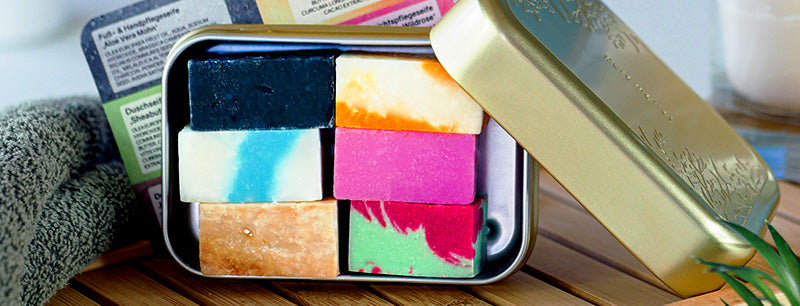
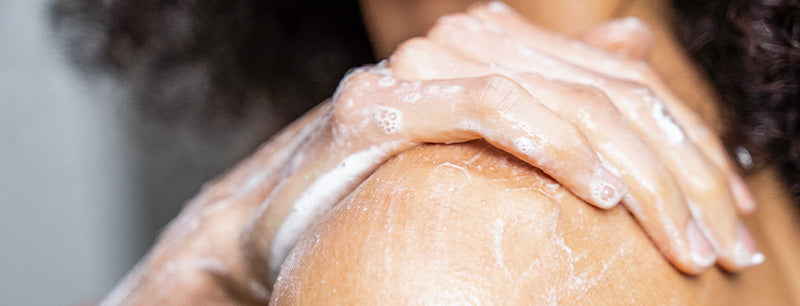
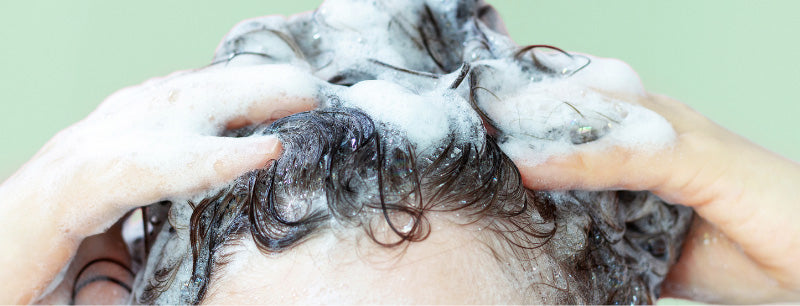
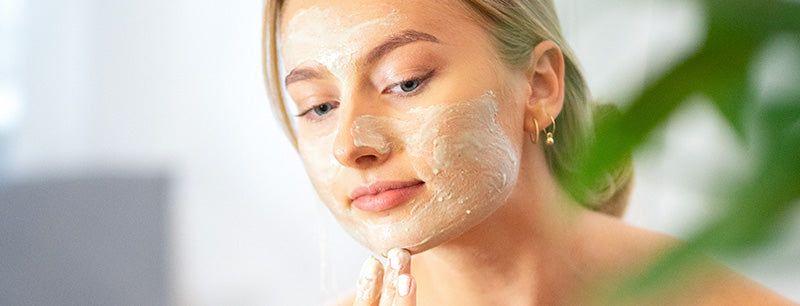

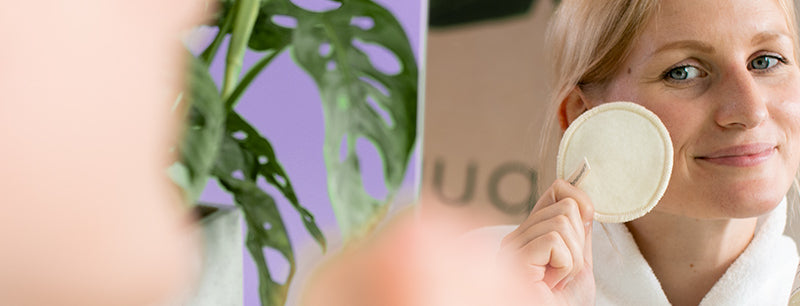
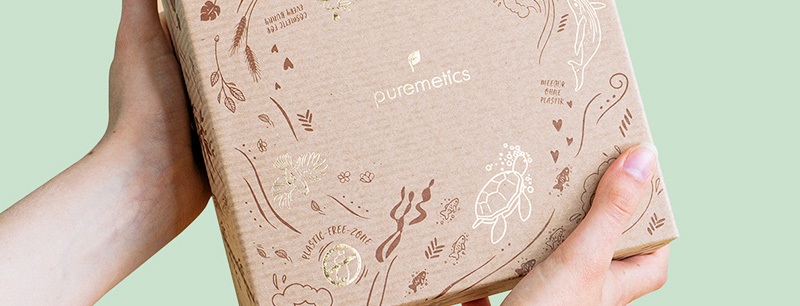

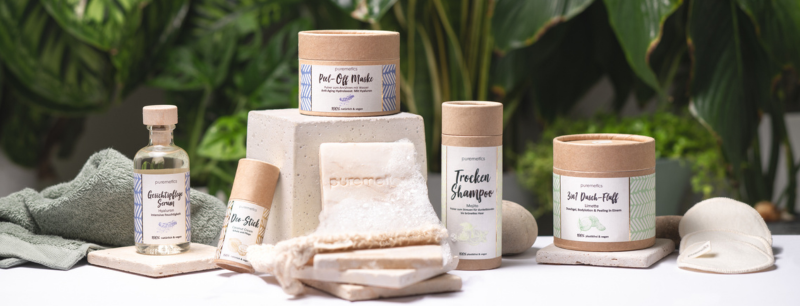





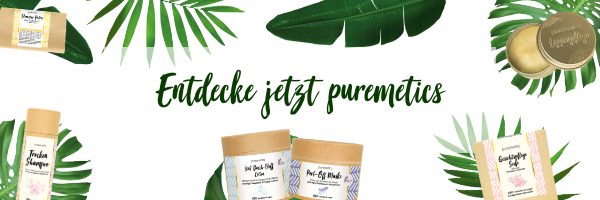



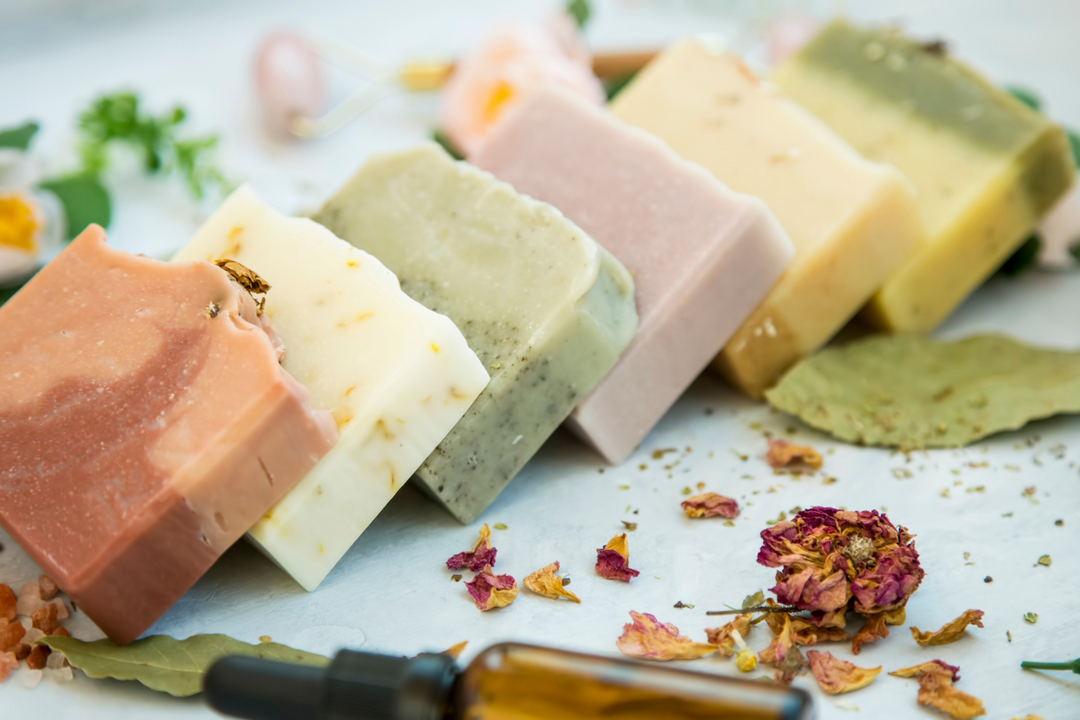
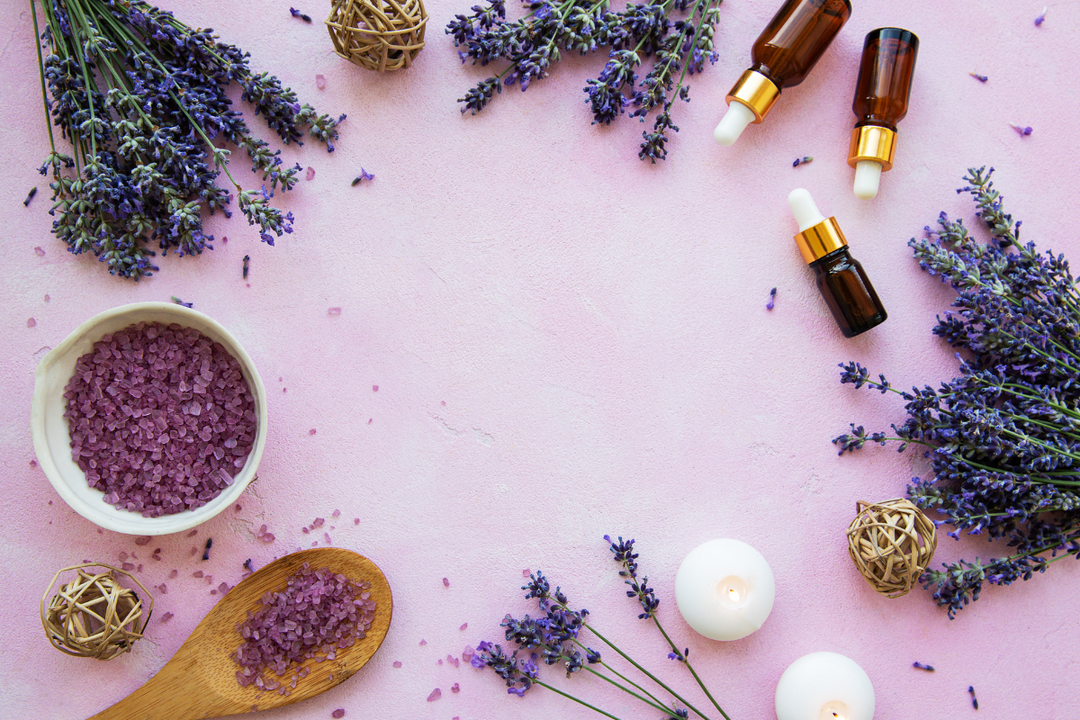
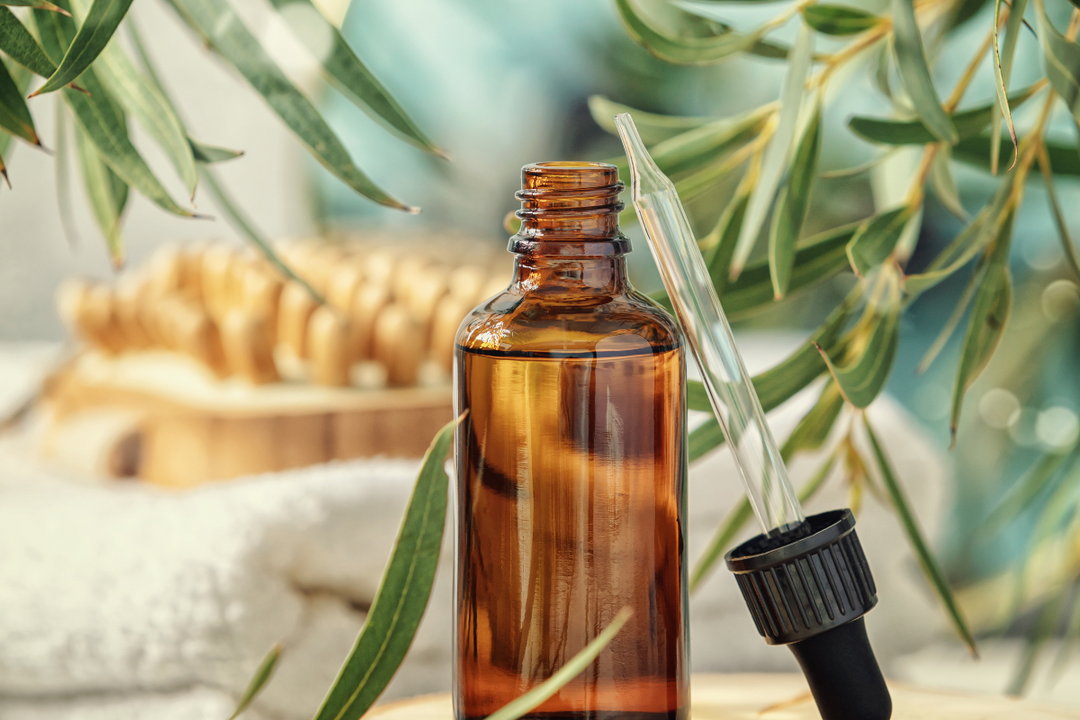
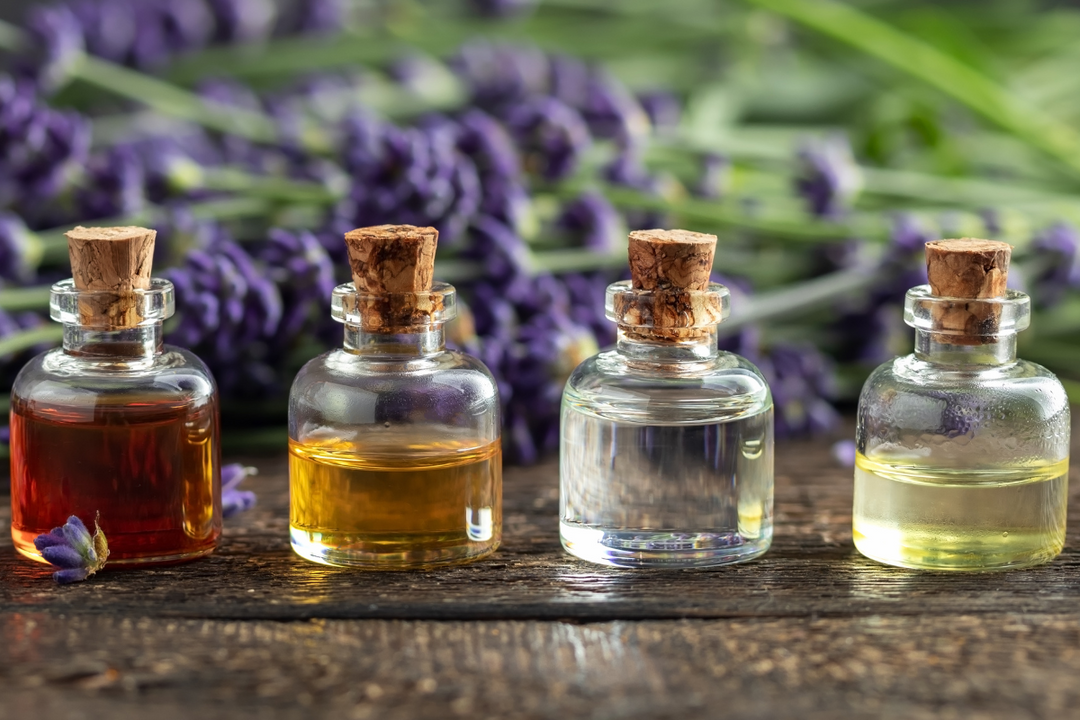
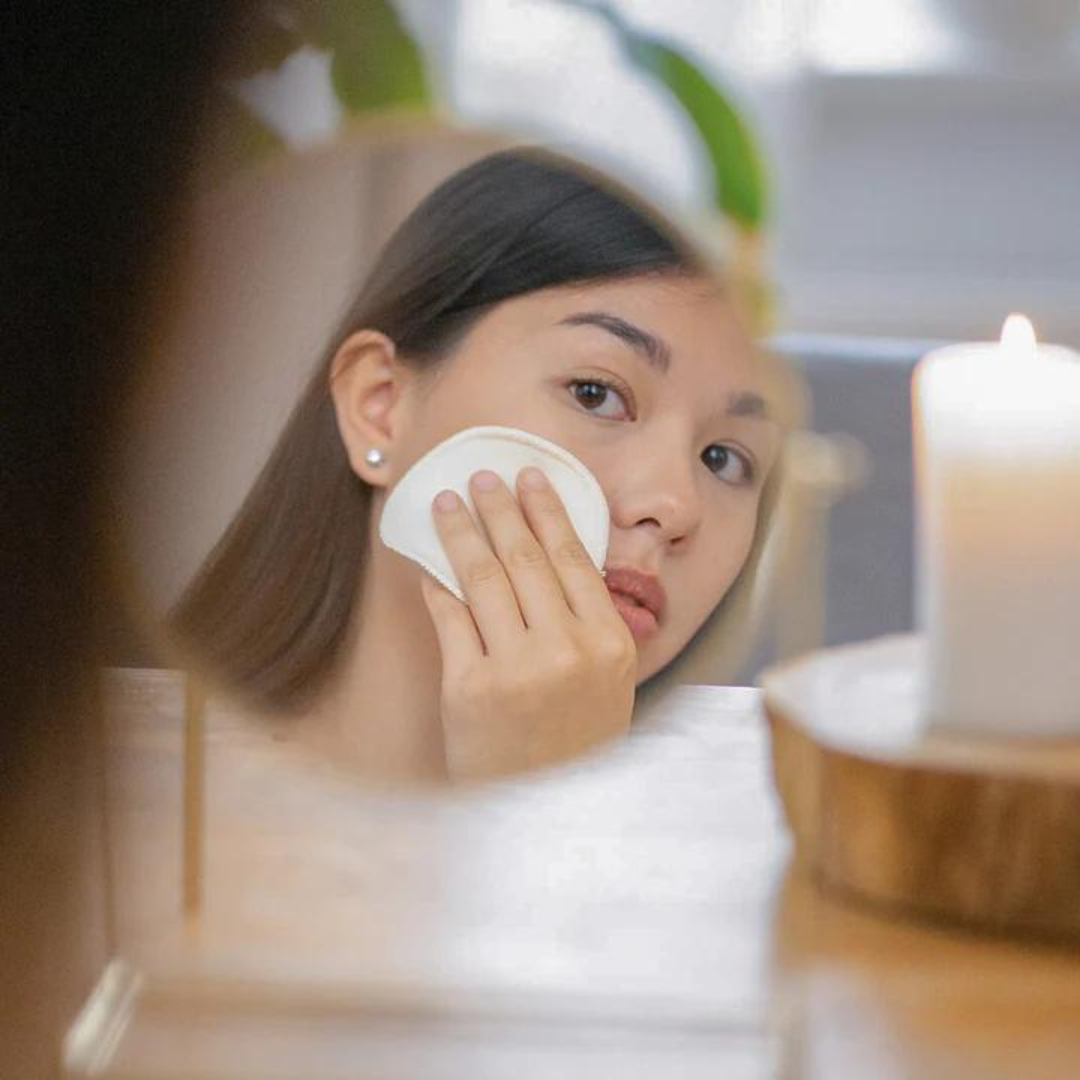


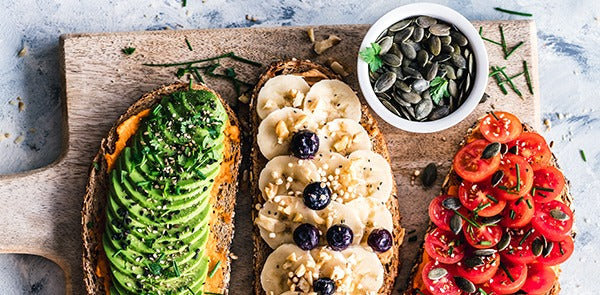
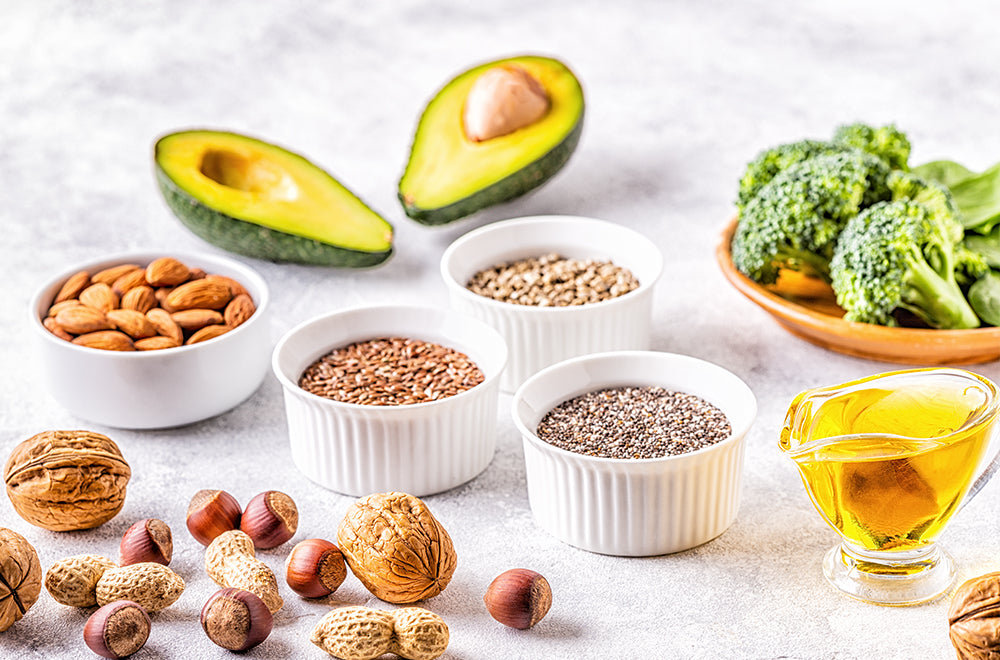


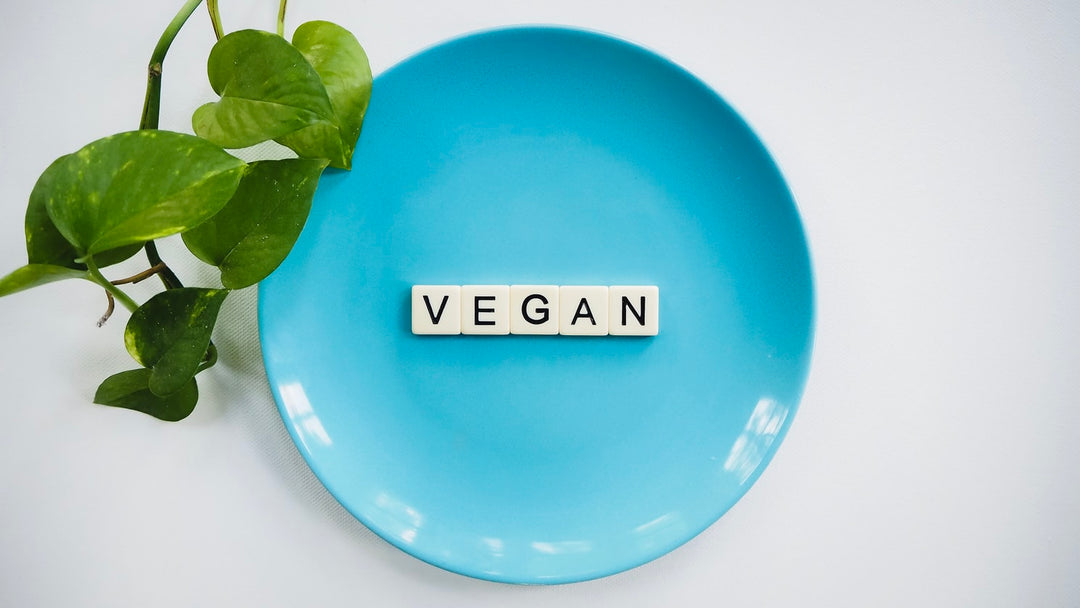


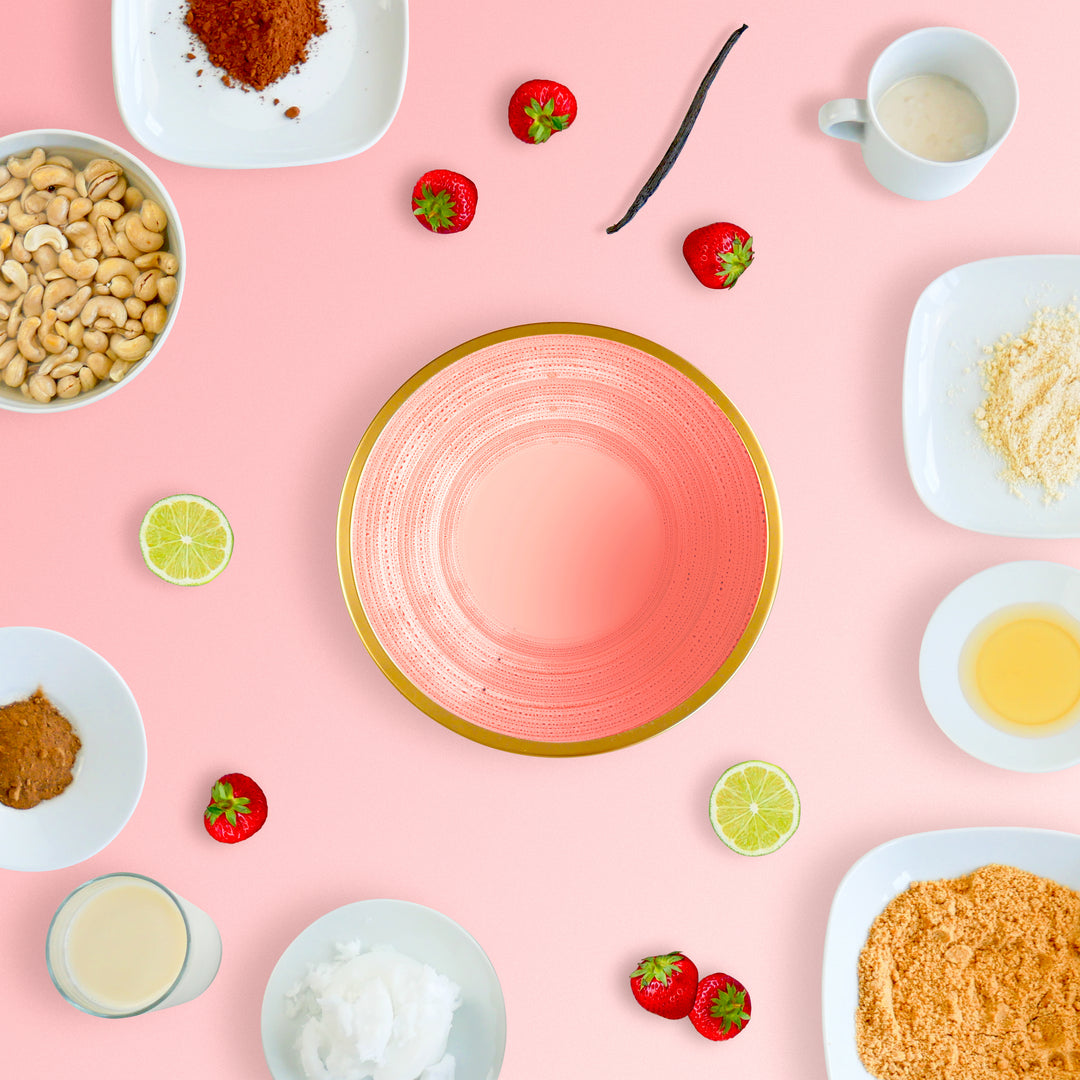


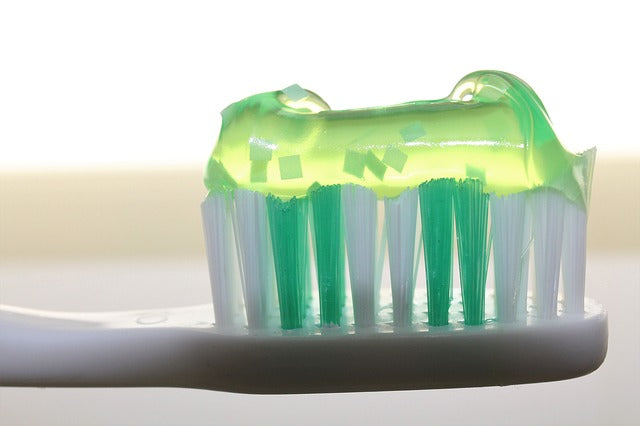
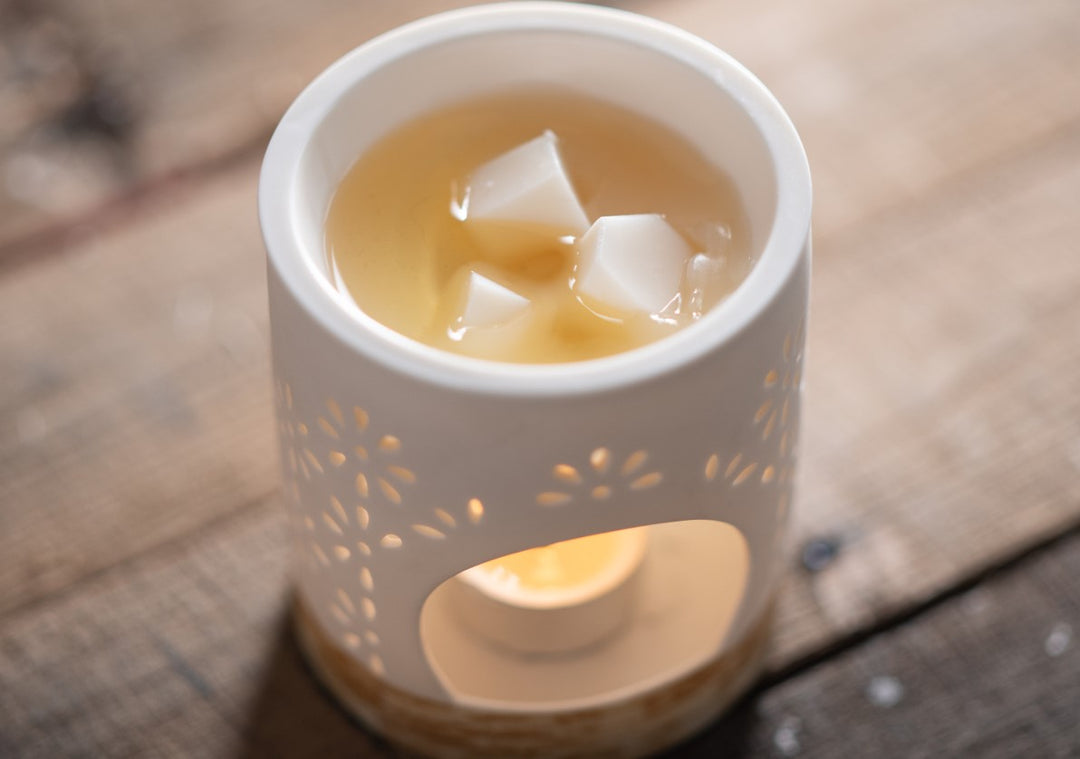

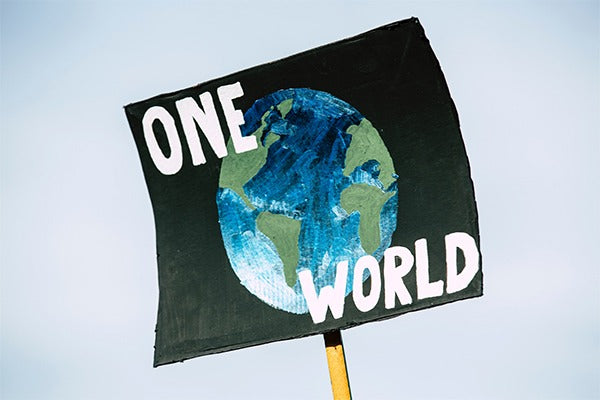


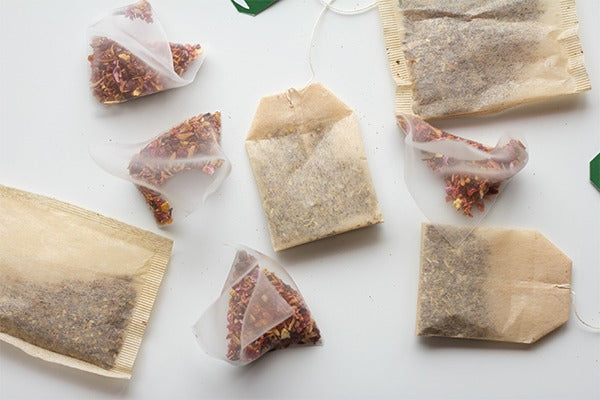
Leave a comment